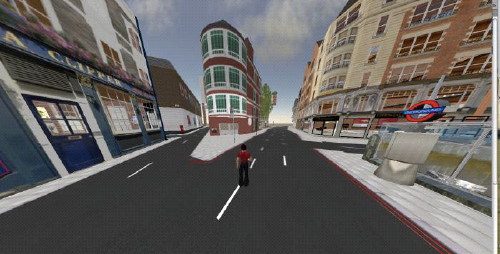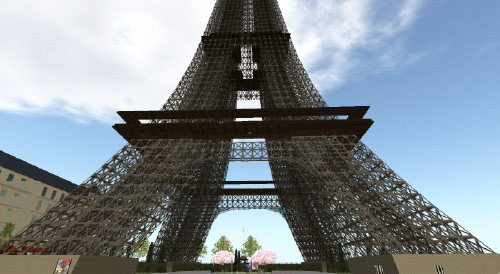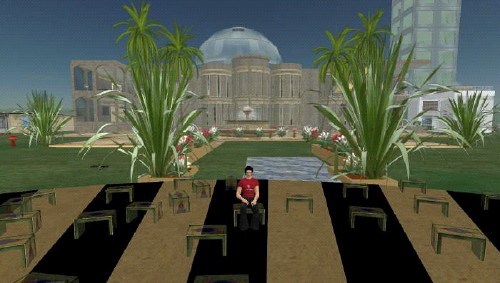Veteran aussie SL developer Gary Hayes (Gary Hazlitt) has postulated that there may be as many as 2.5 million simultaneous SL users by mid-2010. Guessing at numbers that far into the future is always going to be crystal-ball gazing but instinctively 2.5 million doesn’t seem out of the bounds of possibility – particulary with improvements in scaleability that should occur in coming months and years.
Such numbers would equate to around a couple of hundred thousand aussies in SL – that’s quite a critical mass.
One note: the 80 000 concurrency experienced last weekend was probably a glitch.







Recent Comments